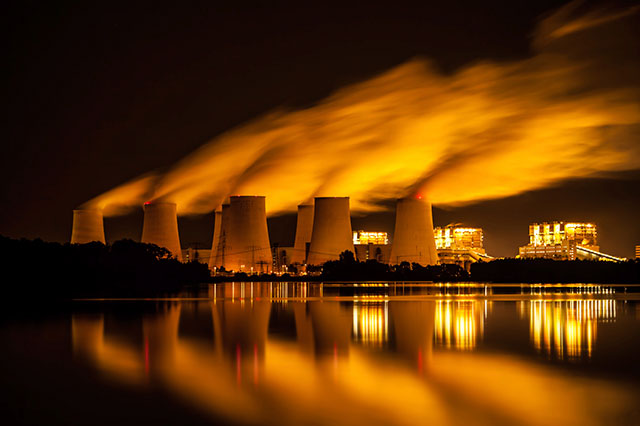The United States appears to be slowing down its pollution juggernaut although the energy-related carbon dioxide emissions of the country have shown an increase in 2014, too.
It is the second consecutive year that the US has been showing an increase in CO2 emissions.
But there has been a notable drop in the emissions growth as such and also when it is compared with the GDP growth rate.
It is an indicator that the US may have managed to delink its economic growth from emissions.
In 2013, the emissions had grown at the rate of 2.5 percent, whereas in 2014, it grew at 0.7 percent, according to a report published by the US Energy Information Administration (EIA).
It has been observed that while the rate of emissions in 2013, 2.5 percent, was close to GDP growth rate of 2.2 percent that year, in 2014 the rate of emissions of 0.7 percent wasn’t close to the GDP growth rate of 2.4 percent.
The EIA report points out that energy consumption per unit of GDP has improved possibly as a result of greater energy efficiency particularly in the manufacturing sector.
In other words, less energy was needed to produce economic growth in 2014 than in 2013.
Going by the report, the US required 13 percent less energy per unit of GDP in 2014 compared with 2005.
The energy intensity in 2013, too, had gone up by 0.7 percent, largely owing to weather-related energy consumption.
Energy intensity fell by 1.2 percent in 2014, though.
Energy-related carbon dioxide emissions form the largest component of overall greenhouse gas emissions in the US.
On March 31, the United States committed to the United Nations that it will reduce its greenhouse gas emissions from the levels in 2005 by 26 to 28 percent in 2025.
It was a revision of President Obama’s 2009 pledge to reduce US greenhouse gas emissions to 17 percent below 2005 levels by 2020.
Another observation made in the report is that carbon intensity, or the amount of CO2 emissions per unit of energy consumed, declined by 8 percent overall from 2005 to 2014.
The average annual decline in carbon intensity for the period was 0.9 percent. In 2013 and 2014, though, carbon intensity declined by only 0.4 percent.
EIA has noted that the about 5,404 million metric tons of CO2 were released into the atmosphere from energy-related sources in 2014.
The quantity of such emissions is projected to increase slightly this year and the next as well.
But, according to EIA’s Annual Energy Outlook 2015 released recently, emissions are “expected to increase only slightly, at a rate of 0.1 percent annually, and to remain below 2005 levels by more than 400 million metric tons in 2040”.
“Future energy consumption and related emission levels will depend largely on a mix of weather, energy sources, and economic factors—as well as potential changes in national and state policies,” the EIA report adds.
Ajith Kumar S
editor@greentechlead.com

